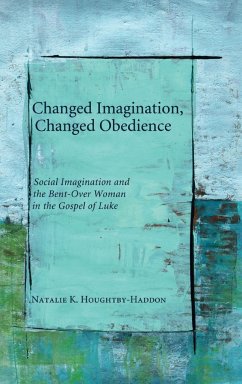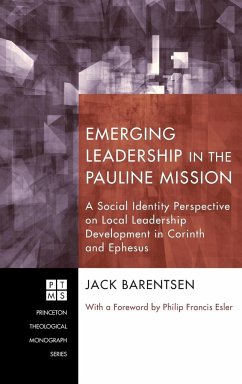In this work, Houghtby-Haddon takes a new look at an old text, using a theory of the Social Imagination as an exegetical guide. In her exploration of the Bent-Over Woman story in Luke 13:10-17, Houghtby-Haddon uncovers clues suggesting that this story is a key interpretive text for seeing Luke's social vision for his community at work. Exploring mythic, social, communal, and cultural elements beneath the surface of the story, Houghtby-Haddon suggests that the Bent-Over Woman is the embodiment of Jesus' claim in the synagogue in Nazareth that ""today, these Scriptures are fulfilled in your hearing"" (Luke 4:16-21), and that the woman prefigures the post-Pentecost community that will gather in Jesus' name. The author concludes by taking the theory from the Gospel of Luke to the streets to see how a contemporary neighborhood group might use the Social Imagination model--and the new reading of the story of the Bent-Over Woman--to imagine a twenty-first-century social vision for its own community: a vision that more fully embodies the just community Jesus proclaims in Nazareth.
Hinweis: Dieser Artikel kann nur an eine deutsche Lieferadresse ausgeliefert werden.
Hinweis: Dieser Artikel kann nur an eine deutsche Lieferadresse ausgeliefert werden.








